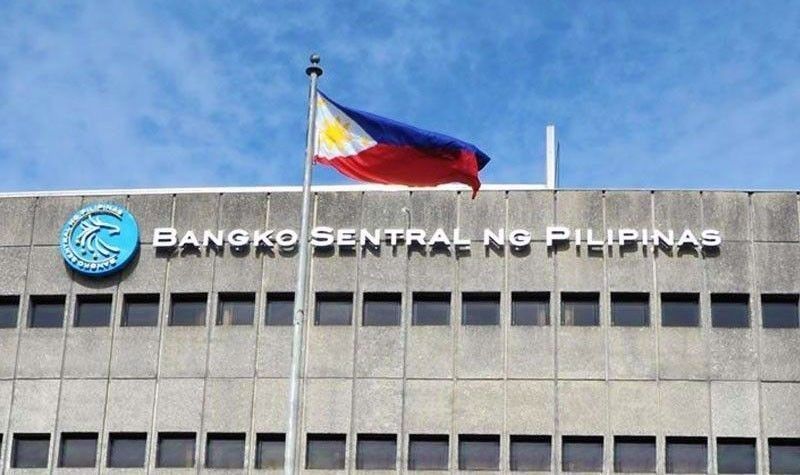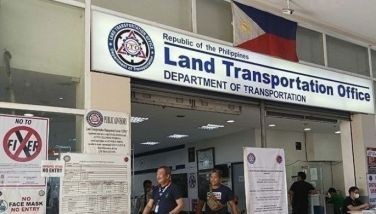Banks' soured loans seen to peak only in Q2 next year

MANILA, Philippines — Regulators are expecting lenders to accumulate more bad loans until the second quarter of next year, potentially discouraging banks further to extend credit to a weakening economy.
“We recognize that assessment of impact may still manifest in Q1 and Q2 next year because of mandatory grace period until the end of 2020,” Chuchi Fonacier, deputy governor at Bangko Sentral ng Pilipinas (BSP), said in a text message on Tuesday.
This means that the yearend forecast of a non-performing loan (NPL) ratio of 4.6% can still go higher next year, indicating that unpaid dues would burden banks more than initially estimated. The projection itself, if realized, would be the highest NPL ratio in over 13 years.
NPLs are loans left unpaid at least 30 days past due date.
The bleak scenario for the banking industry underscores the big challenge left to the BSP while the Duterte government remained unwilling to spend for fears of losing its credit worthiness over a potentially record-high budget deficit this year.
Legislators at the House of Representatives hearing a new set of stimulus measures, which the finance department opposed, again expressed disappointment. “You are using the wrong instruments,” Albay Rep. Joey Salceda said in a hearing.
“We could have helped directly the companies that could have produced the value added instead we threw it away, hoping that the banks will use it and they didn’t,” Albay Rep. Joey Salceda said in a hearing.
BSP has aggressively cut interest rates to new record-lows this year, but Salceda said banks are merely “trading” the P1.9 trillion in liquidity released by the decisions since March instead of lending funds out.
Data support this. Central bank data showed average bank lending rate declined to 6.19% as of end-June from 7.4% in early February. Yet the rate by which banks lend with each other dropped faster to 1.875% as of November 17 from 3.638% in February.
Worse, banks' lending rules have also turned stricter because of rising NPLs. Indeed, outstanding loans of banks inched up a measly 1.1% year-on-year in September while NPL rose 60% from year-ago levels. As of that month, bad loans accounted for 3.4% of the entire loan books, the highest since May 2013.
“I already told (BSP Governor Benjamin) Diokno over dinner to penalize those banks not using the money to lend,” he said in Filipino. Diokno has not responded to request for comment on the matter.
With further upticks expected, Fonacier said hesitation was not only with lenders, but also borrowers. “The factors considered (for the forecast) include slower credit growth of 2.4%, reduced income and cash flow difficulties faced by lenders as they adjust operations and working arrangements,” she said.
The BSP and government are nonetheless banking on the enactment of the Financial Institutions Strategic Transfer (FIST) bill, which is soon to reach President Rodrigo Duterte’s desk. Under FIST, dedicated companies would be set up to absorb unpaid loans from banks to free up their capital from covering losses from NPL and give them resources to lend.
- Latest
- Trending



























 Exclusive
Exclusive




